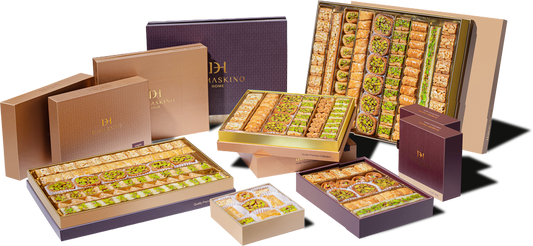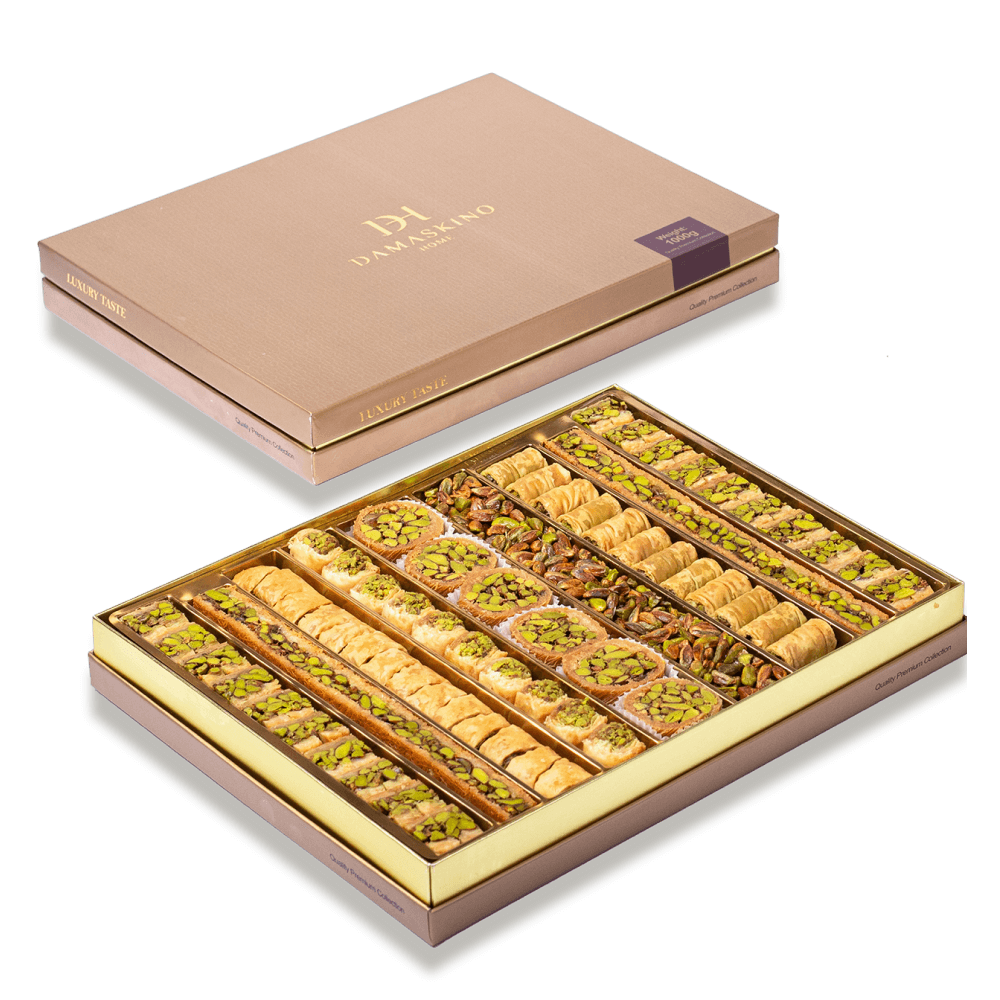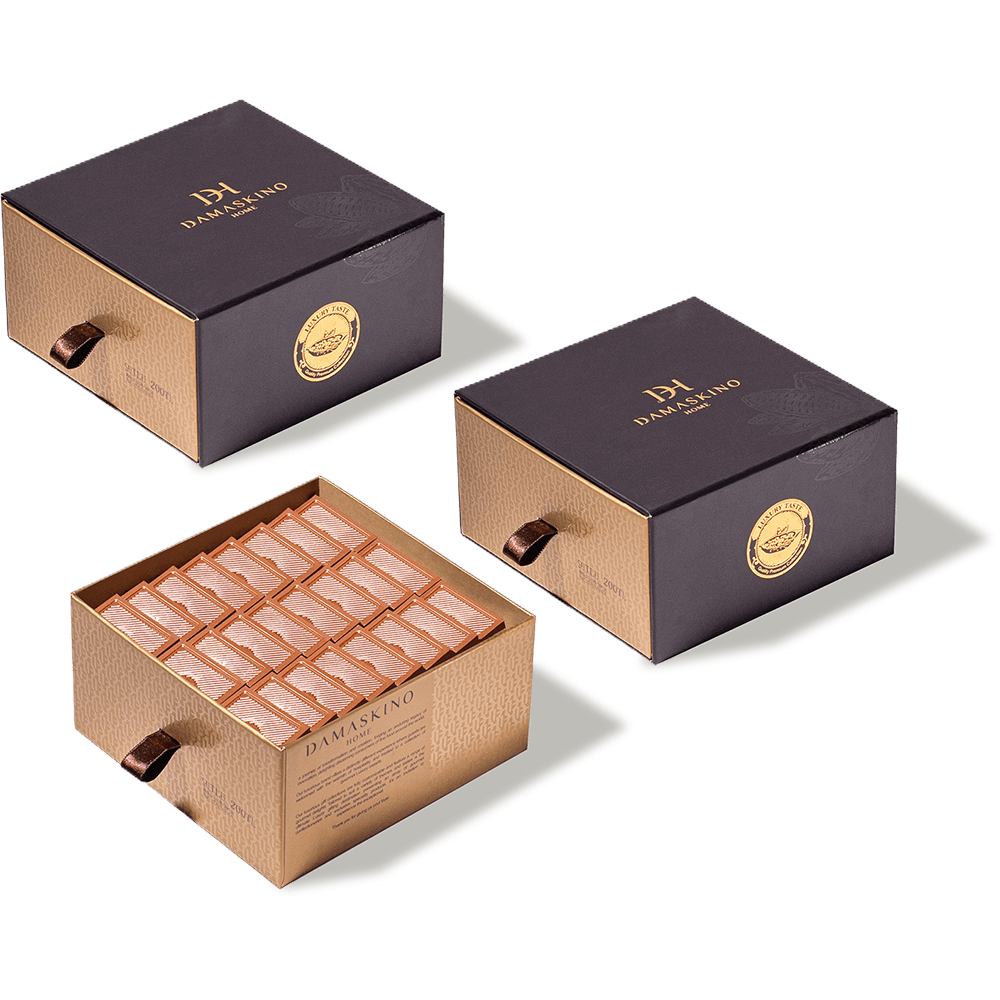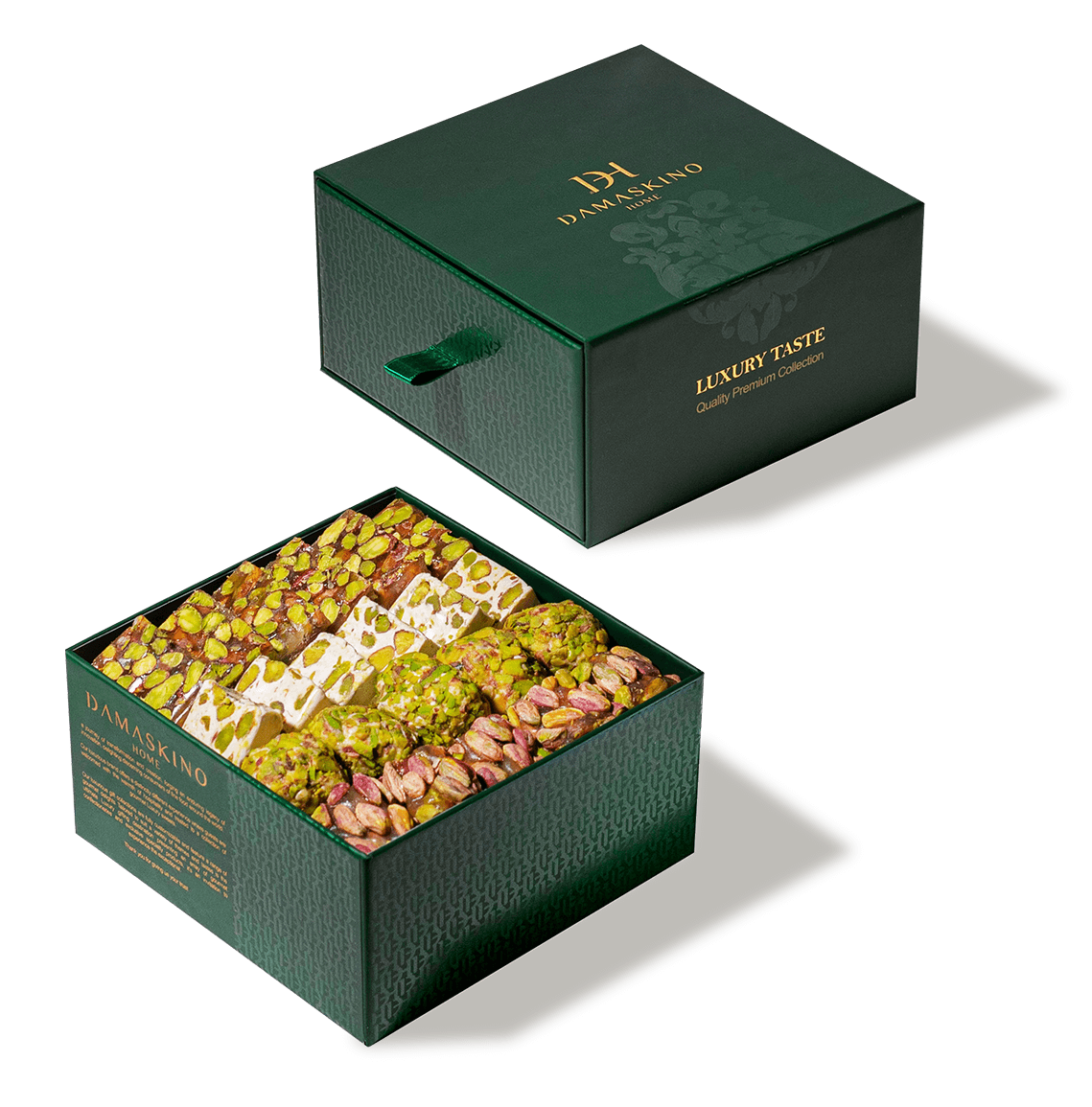Baklava is a beloved dessert that has captured the hearts of sweet lovers across the globe. Originating from the Middle East and Central Asia, this rich, flaky pastry is made of layers of thin phyllo dough, filled with chopped nuts, and sweetened with syrup or honey. Whether you're enjoying it in a traditional setting or picking it up from a local bakery, choosing the best baklava can be a delightful but challenging task. This guide will help you navigate the world of baklava and select the finest piece that suits your taste.
1. Understanding Baklava Varieties
Baklava comes in various shapes, sizes, and flavors, depending on the region and tradition. Here are a few common varieties to be aware of:
- Traditional Baklava: The most common type, made with layers of phyllo dough, filled with a mixture of nuts (often pistachios, walnuts, or almonds), and soaked in a syrup made from sugar, lemon juice, and sometimes honey.
- Sütlü Nuriye: A lighter version of baklava from Turkey, where milk is added to the syrup, giving it a creamier taste.
- Fıstıklı Sarma: Also from Turkey, this variety features rolled baklava with a generous filling of ground pistachios, offering a vibrant green color and intense nutty flavor.
- Greek Baklava: Greek versions often emphasize walnuts and a honey-based syrup, giving it a distinctive flavor compared to the sugar-based syrups used in other regions.
- Baklava with Kaymak: This luxurious variety is filled with kaymak, a type of clotted cream, adding richness to the already indulgent dessert.
2. Evaluating the Ingredients
High-quality ingredients are essential for a superior baklava experience. Here’s what to look for:
- Nuts: The best baklava is made with fresh, high-quality nuts. Pistachios are often considered the gold standard, especially the vibrant, green Antep pistachios from Turkey. Walnuts and almonds are also popular and should be fresh and not overly bitter.
- Phyllo Dough: The phyllo layers should be thin, crisp, and delicately flaky. They should shatter when bitten, without being overly greasy or soggy.
- Syrup or Honey: The sweetener plays a crucial role in balancing the flavors. The syrup should be light, not overly sweet or cloying. If honey is used, it should be fragrant and of good quality, adding depth to the flavor.
- Butter or Oil: Authentic baklava is made with clarified butter or ghee, which gives it a rich flavor. Avoid baklava made with low-quality oils, as they can affect the taste and texture.
3. Assessing the Craftsmanship
Baklava is an art, and the skill of the baker greatly influences the quality. Here’s what to consider:
- Layering: A well-made baklava will have numerous thin layers of phyllo dough, carefully stacked and separated by a thin layer of butter. The layering should be even, ensuring that each bite has a balanced texture.
- Filling Distribution: The nuts should be evenly distributed throughout the baklava, ensuring consistency in every bite. The nut filling should not overpower the delicate phyllo layers but complement them.
- Baking: Baklava should be baked to a golden brown color. Underbaked baklava will be doughy, while overbaked baklava can be dry and tough.
- Cutting: The baklava should be cut into uniform pieces before baking, allowing the syrup to soak evenly. Look for clean, sharp edges, indicating a precise and careful hand.
4. Taste and Texture
The ultimate test of any baklava is in its taste and texture:
- Texture: The phyllo should be crisp and flaky, contrasting with the soft, nutty filling. The syrup should not make the pastry soggy but should provide a slight chewiness.
- Flavor Balance: A good baklava balances sweetness, nuttiness, and the slight tang from the syrup. No single element should overpower the others.
- Freshness: Baklava is best enjoyed fresh. Over time, the phyllo can lose its crispness, and the syrup can become too absorbed, making the pastry soggy. If buying from a store, check the production date or ask when it was made.
5. Where to Buy the Best Baklava
If you’re not making baklava at home, finding a reputable source is key:
- Specialty Bakeries: Seek out bakeries that specialize in Middle Eastern, Turkish, or Greek pastries. They are more likely to use traditional recipes and high-quality ingredients.
- Market Research: Ask for recommendations from friends or read reviews online. In areas with a significant Middle Eastern or Mediterranean population, local bakeries often produce excellent baklava.
- Supermarkets and Online: While convenient, supermarket baklava can vary in quality. If buying from a store, look for well-known brands or consider ordering from specialized online retailers who ship freshly made baklava.
6. Pairing and Serving Baklava
To fully appreciate baklava, consider these pairing and serving tips:
- Tea or Coffee: The richness of baklava pairs beautifully with a cup of strong Turkish coffee or tea, which helps balance the sweetness.
- Portion Size: Baklava is rich and sweet, so smaller portions are often more enjoyable. One or two pieces per serving is usually sufficient.
- Temperature: Baklava is typically served at room temperature. Avoid refrigerating it, as this can cause the syrup to harden and the pastry to lose its texture.
Conclusion
Choosing the best baklava requires a bit of knowledge and attention to detail, but the reward is a decadent, satisfying dessert experience. Whether you prefer the classic richness of traditional baklava or enjoy experimenting with different varieties, paying attention to ingredients, craftsmanship, and freshness will guide you to the perfect piece. Whether you're indulging at home or gifting it to a friend, the right baklava is sure to impress and delight.







